This is a feature from Issue 14 of Charitable Traveller.
The site: Chankillo Archaeoastromical Complex, Peru
What is it: A collection of constructions built between 250-200 BC that, together with natural features, operated as a giant calendar and used the sun to pinpoint dates through the year. The Chankillo Solar Observatory and ceremonial centre is on the north-central coast of Peru, in the Casma Valley, and includes a triple-walled hilltop complex – the Fortified Temple – plus 13 towers stretching along a ridge.
How to see it: Latin Routes’ Northern Peru Holiday can be tailored to include the Casma Valley; speak to the Charitable Travel booking team to add in this extra.
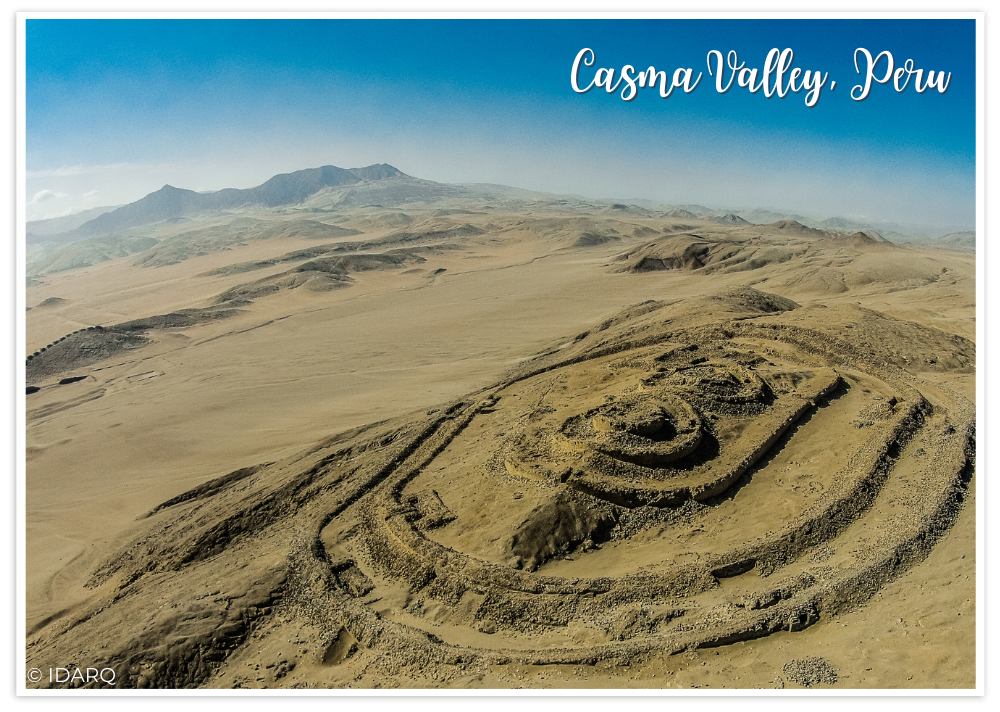
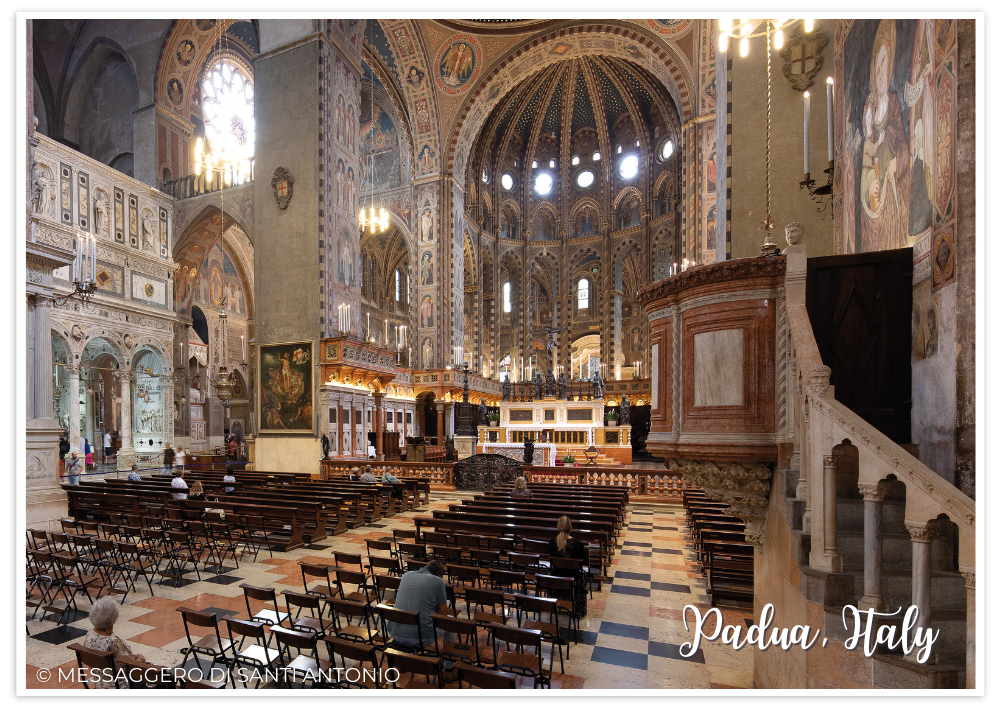
The site: Padua’s 14th-century fresco cycles
What is it: A set of eight religious and secular buildings within the historic walled city of Padua, they’re home to some gloriously ornate fresco cycles painted between 1302 and 1397 by several notable artists, including Giotto, who influenced many Renaissance painters. Distinct because they’re found within a broad range of building types commissioned by different types of patrons, collectively they show how fresco art developed creatively over the course of a century.
How to see it: Join Kirker’s Palladian Villas and the Art of the Veneto six-night tour, based in Padua.
The site: The Slate Landscape of Northwest Wales
What is it: A landscape rich in history that covers everywhere from mountain peaks to the coast, the former slate mines, once the world leader in slate production, spread through the Snowdon massif and show the huge transformation that industrial slate mining and quarrying brought to the rural hills and valleys of north-west Wales between 1780 and 1940. Now, grand houses and workers’ villages, with chapels, band-rooms and schools remain.
How to see it: Call Charitable Travel to book a Snowdonia short break with Great Little Breaks.

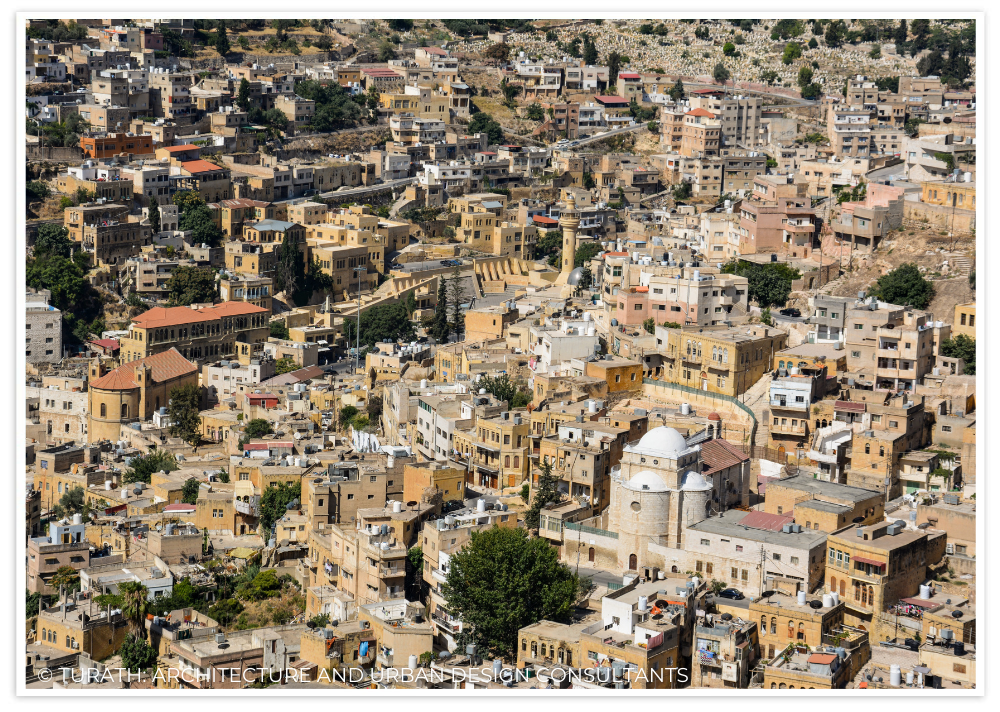
The site: As-Salt – The Place of Tolerance and Urban Hospitality
What is it: A city built on three hills in west-central Jordan, As-Salt was an important trading link between the eastern desert and the west during the last 60 years of the Ottoman Empire. Once thriving, it blends European Art Nouveau and Neo-Colonial styles with local traditions.
How to see it: Book Responsible Travel’s seven-day Best of Jordan tour.
The site: Sítio Roberto Burle Marx
What is it: A ‘landscape laboratory’, landscape architect and artist Roberto Burle Marx used a combination of artistic Modernist ideas and native tropical plants to create ‘living works of art’ on this site in the western region of Rio. Stroll among the extensive gardens, buildings and collections, and you’ll see ideas that have gone on to influence modern gardens around the world, as well as a huge collection of Brazilian tropical and subtropical flora.
How to see it: Book a place on Rainbow Tours’ 11-day Classic Brazil holiday.
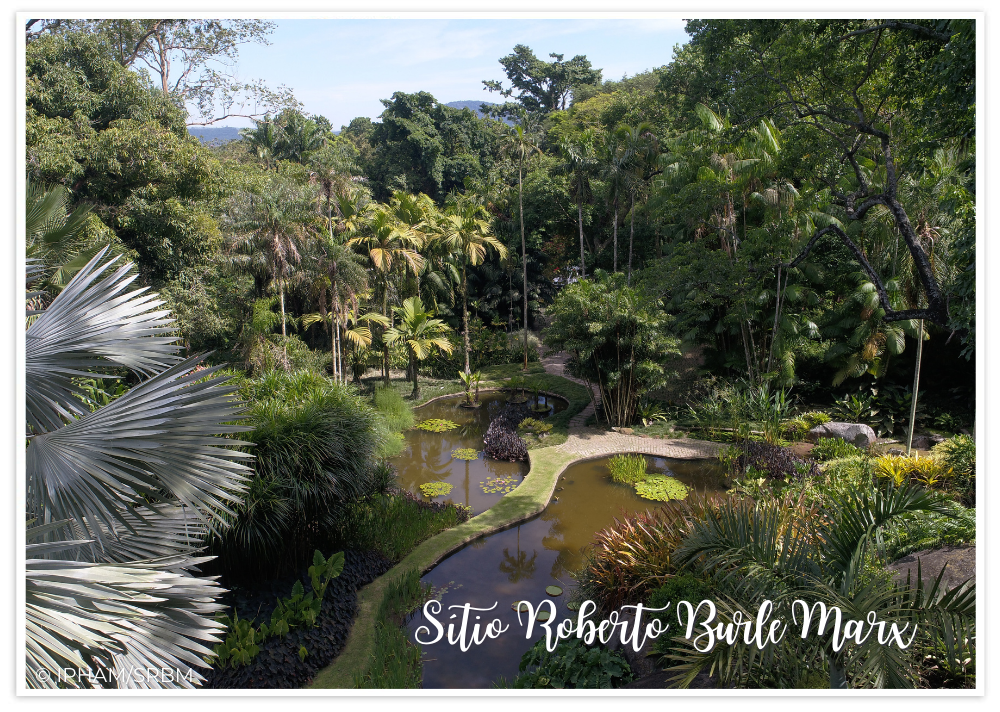
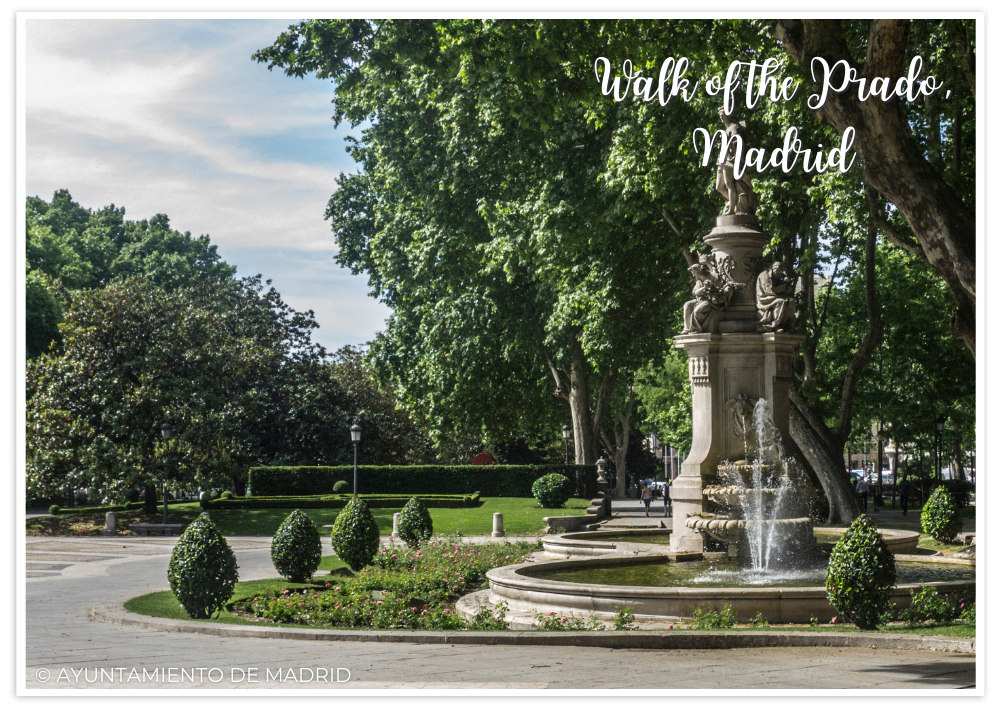
The site: Paseo del Prado and Buen Retiro
What is it: A cultural landscape in the urban heart of Madrid, the tree-lined Paseo del Prado avenue has evolved since the 16th century. The buildings, dedicated to the arts and sciences, as well as industry, healthcare and research, collectively demonstrate the Spanish Empire’s aspiration for a Utopian society during its height and are set among the Jardines del Buen Retiro and the Royal Botanical Gardens.
How to see it: Book a room at the Hospes Puerta De Alcala hotel and hire a tour guide to get the most from the site.
The site: The islands of Amami-Oshima, Tokunoshima, Iriomote and the northern part of Okinawa
What is it: An archipelago of islands in the southwest of Japan bordering the Philippine Seas where you’ll find subtropical rainforests and one of the world’s biodiverse hotspots. With so much of the land protected to secure these precious habitats, this is a place to visit with a light touch.
How to see it: Join Abercrombie & Kent’s 10-night tour of the Islands of Okinawa
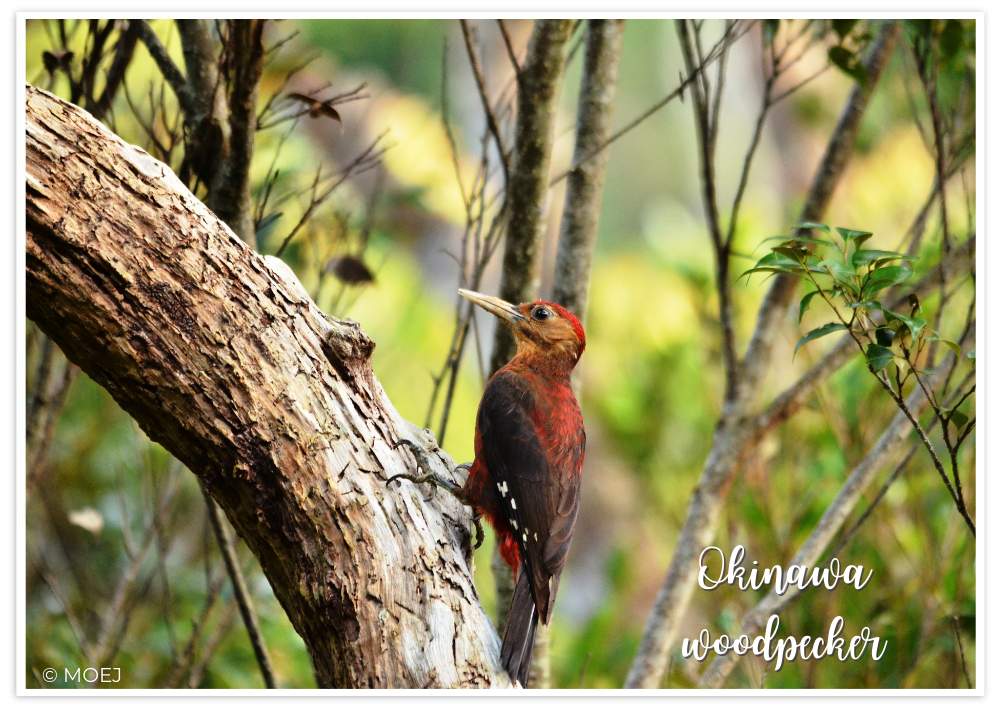

The site: 600km of the whole Roman Empire’s Danube frontier, in Germany, Austria & Slovakia
What is it: Surely one of the longest UNESCO sites in the world, the site runs along the length of the Danube river, from Regensburg in Germany to Komárom in Slovakia. Marking the eastern edge of the Roman Empire, which was at its greatest extent in the 2nd century AD, you’ll find ancient structures along the route, including legionary fortresses, roman roads and small forts.
How to see it: Contact Charitable Travel to join the nine-day Danube Discovery river cruise with AP Touring, starting in Nuremburg and finishing in Budapest.
The site: Colchic Rainforests and Wetlands
What is it: A collection of seven sites spread over 80km of the Black Sea coastline, the protected areas include ancient deciduous rainforests and bogs, ranging from sea level to more than 2,500 metres above it. They’re highly humid ecosystems and are among some of the oldest forests in the world. The name Colchic dates from Greco-Roman times; the Colchis region spanned the eastern side of the Black Sea.
How to see it: Intrepid organises holidays to Georgia, including some time in nearby Batumi. Speak to Charitable Travel to book your Black Sea adventure.


The site: Roşia Montană Mining Landscape
What is it: Home to the most significant, extensive and technically diverse underground Roman gold mining complex, Roşia Montană is a natural amphitheatre of rolling mountains in the Metalliferous range of the Apuseni Mountains, in Transylvania, central Romania. The Roman gold mining that took place here from 106CE has left plenty of peaks and ridges on the landscape, as well as lots of Roman archaeology to discover, including living quarters, ore-processing areas and sacred buildings. Below ground, the ancient
shafts, tunnels and mines are slowly being revealed.
How to see it: Regent Holidays are specialists in exploring Romania. Speak to Charitable Travel to book your break.
Call us now on 020 3092 1288 or email [email protected] to pklan and book these incredible experiences!
This is a feature from Issue 14 of Charitable Traveller.



Fundraising Futures Community Interest Company, Contingent Works, Broadway Buildings,
Elmfield Road, Bromley, Kent,
BR1 1LW. England
Putting our profit to work supporting the work of charitable causes











For the latest travel advice, including security, local laws and passports, visit the Foreign & Commonwealth Office website.
© 2024 All rights reserved
Made with 
| Cookie | Duration | Description |
|---|---|---|
| AWSELB | session | Associated with Amazon Web Services and created by Elastic Load Balancing, AWSELB cookie is used to manage sticky sessions across production servers. |
| cookielawinfo-checkbox-advertisement | 1 year | Set by the GDPR Cookie Consent plugin, this cookie is used to record the user consent for the cookies in the "Advertisement" category . |
| cookielawinfo-checkbox-analytics | 11 months | This cookie is set by GDPR Cookie Consent plugin. The cookie is used to store the user consent for the cookies in the category "Analytics". |
| cookielawinfo-checkbox-functional | 11 months | The cookie is set by GDPR cookie consent to record the user consent for the cookies in the category "Functional". |
| cookielawinfo-checkbox-necessary | 11 months | This cookie is set by GDPR Cookie Consent plugin. The cookies is used to store the user consent for the cookies in the category "Necessary". |
| cookielawinfo-checkbox-others | 11 months | This cookie is set by GDPR Cookie Consent plugin. The cookie is used to store the user consent for the cookies in the category "Other. |
| cookielawinfo-checkbox-performance | 11 months | This cookie is set by GDPR Cookie Consent plugin. The cookie is used to store the user consent for the cookies in the category "Performance". |
| elementor | never | This cookie is used by the website's WordPress theme. It allows the website owner to implement or change the website's content in real-time. |
| JSESSIONID | session | Used by sites written in JSP. General purpose platform session cookies that are used to maintain users' state across page requests. |
| viewed_cookie_policy | 11 months | The cookie is set by the GDPR Cookie Consent plugin and is used to store whether or not user has consented to the use of cookies. It does not store any personal data. |
| Cookie | Duration | Description |
|---|---|---|
| __lc_cid | 2 years | This is an essential cookie for the website live chat box to function properly. |
| __lc_cst | 2 years | This cookie is used for the website live chat box to function properly. |
| __oauth_redirect_detector | past | This cookie is used to recognize the visitors using live chat at different times inorder to optimize the chat-box functionality. |
| aka_debug | session | Vimeo sets this cookie which is essential for the website to play video functionality. |
| player | 1 year | Vimeo uses this cookie to save the user's preferences when playing embedded videos from Vimeo. |
| Cookie | Duration | Description |
|---|---|---|
| AWSELBCORS | 6 minutes | This cookie is used by Elastic Load Balancing from Amazon Web Services to effectively balance load on the servers. |
| Cookie | Duration | Description |
|---|---|---|
| _ga | 2 years | The _ga cookie, installed by Google Analytics, calculates visitor, session and campaign data and also keeps track of site usage for the site's analytics report. The cookie stores information anonymously and assigns a randomly generated number to recognize unique visitors. |
| _gat_gtag_UA_164521185_1 | 1 minute | This cookie is set by Google and is used to distinguish users. |
| _gid | 1 day | Installed by Google Analytics, _gid cookie stores information on how visitors use a website, while also creating an analytics report of the website's performance. Some of the data that are collected include the number of visitors, their source, and the pages they visit anonymously. |
| _hjAbsoluteSessionInProgress | 30 minutes | No description available. |
| _hjFirstSeen | 30 minutes | This is set by Hotjar to identify a new user’s first session. It stores a true/false value, indicating whether this was the first time Hotjar saw this user. It is used by Recording filters to identify new user sessions. |
| _hjid | 1 year | This is a Hotjar cookie that is set when the customer first lands on a page using the Hotjar script. |
| _hjIncludedInPageviewSample | 2 minutes | No description available. |
| CONSENT | 16 years 3 months 16 days 17 hours 23 minutes | These cookies are set via embedded youtube-videos. They register anonymous statistical data on for example how many times the video is displayed and what settings are used for playback.No sensitive data is collected unless you log in to your google account, in that case your choices are linked with your account, for example if you click “like” on a video. |
| iutk | 5 months 27 days | This cookie is used by Issuu analytic system. The cookies is used to gather information regarding visitor activity on Issuu products. |
| vuid | 2 years | Vimeo installs this cookie to collect tracking information by setting a unique ID to embed videos to the website. |
| Cookie | Duration | Description |
|---|---|---|
| IDE | 1 year 24 days | Google DoubleClick IDE cookies are used to store information about how the user uses the website to present them with relevant ads and according to the user profile. |
| mc | 1 year 1 month | Quantserve sets the mc cookie to anonymously track user behaviour on the website. |
| NID | 6 months | NID cookie, set by Google, is used for advertising purposes; to limit the number of times the user sees an ad, to mute unwanted ads, and to measure the effectiveness of ads. |
| test_cookie | 15 minutes | The test_cookie is set by doubleclick.net and is used to determine if the user's browser supports cookies. |
| VISITOR_INFO1_LIVE | 5 months 27 days | A cookie set by YouTube to measure bandwidth that determines whether the user gets the new or old player interface. |
| YSC | session | YSC cookie is set by Youtube and is used to track the views of embedded videos on Youtube pages. |